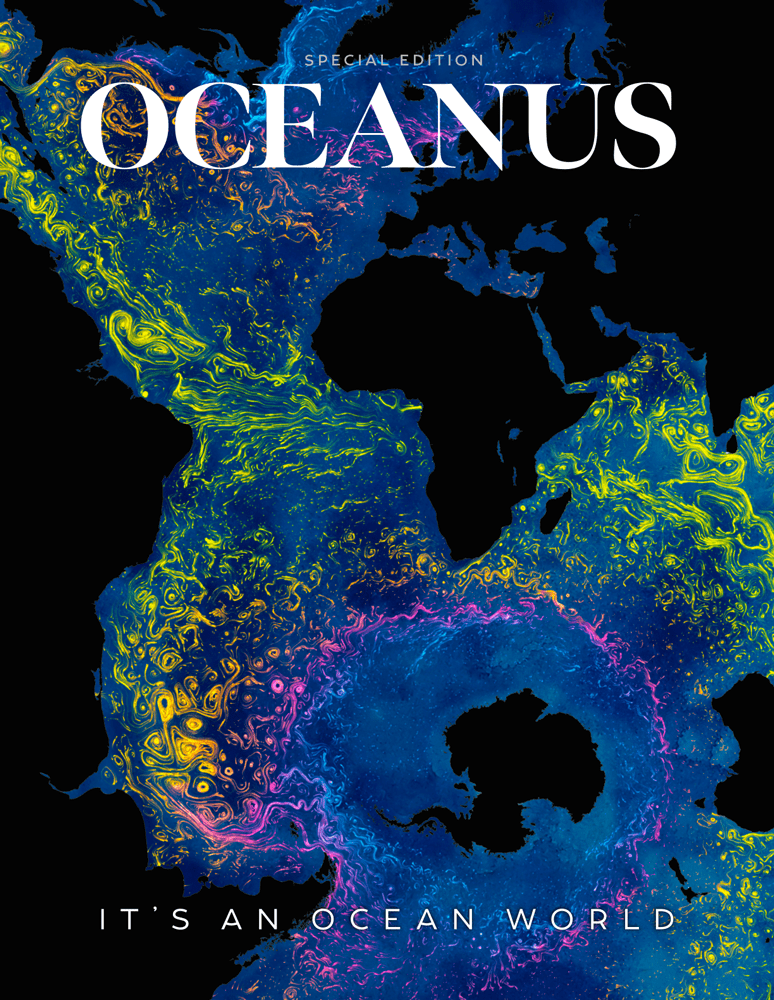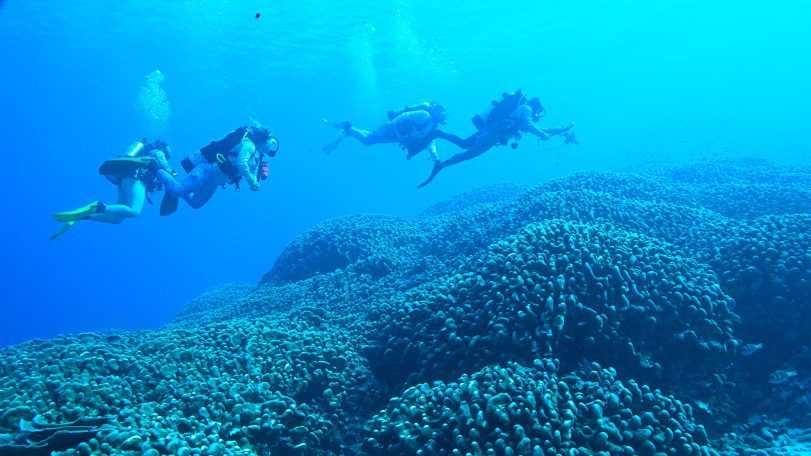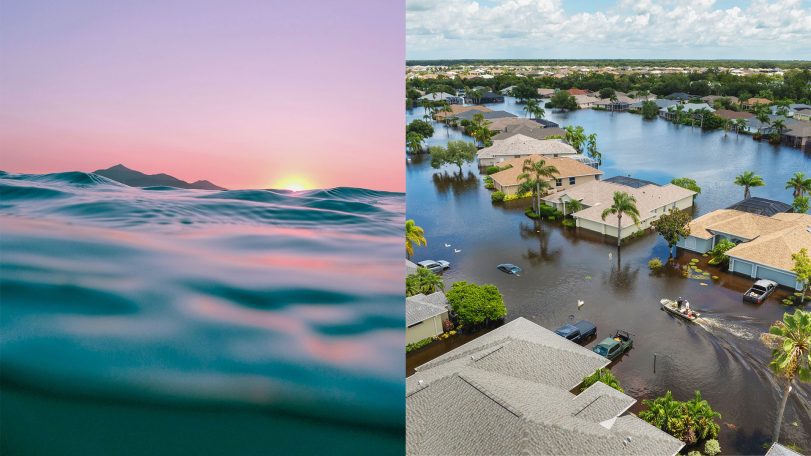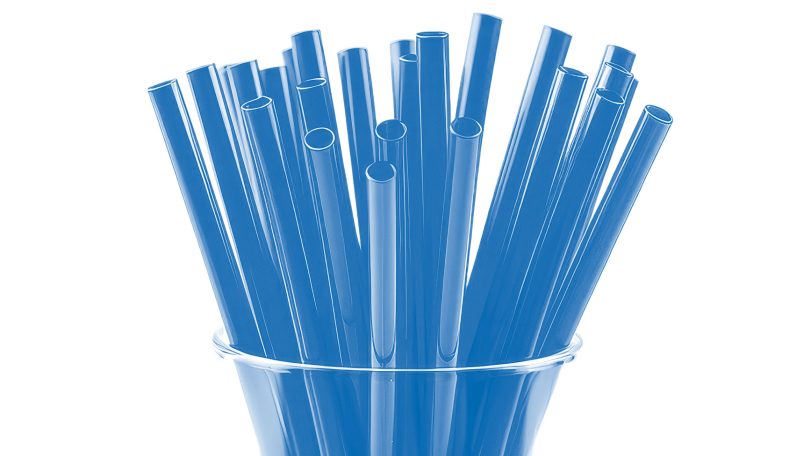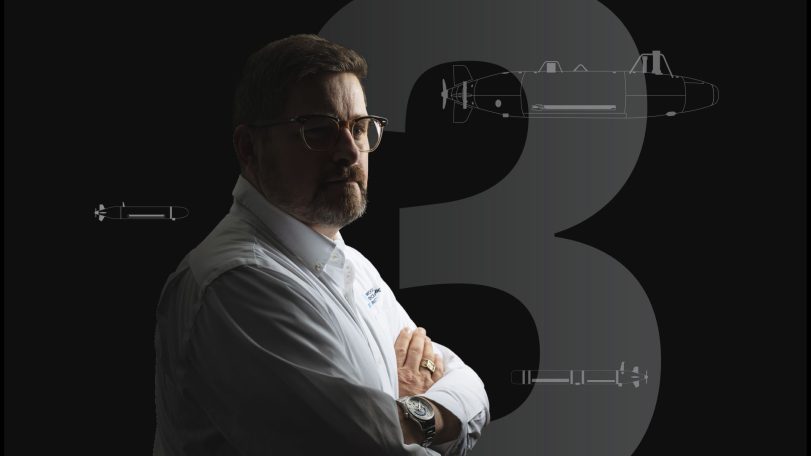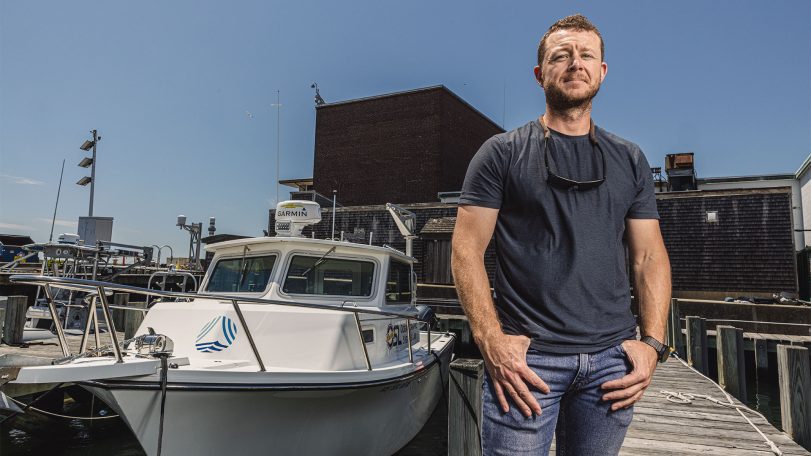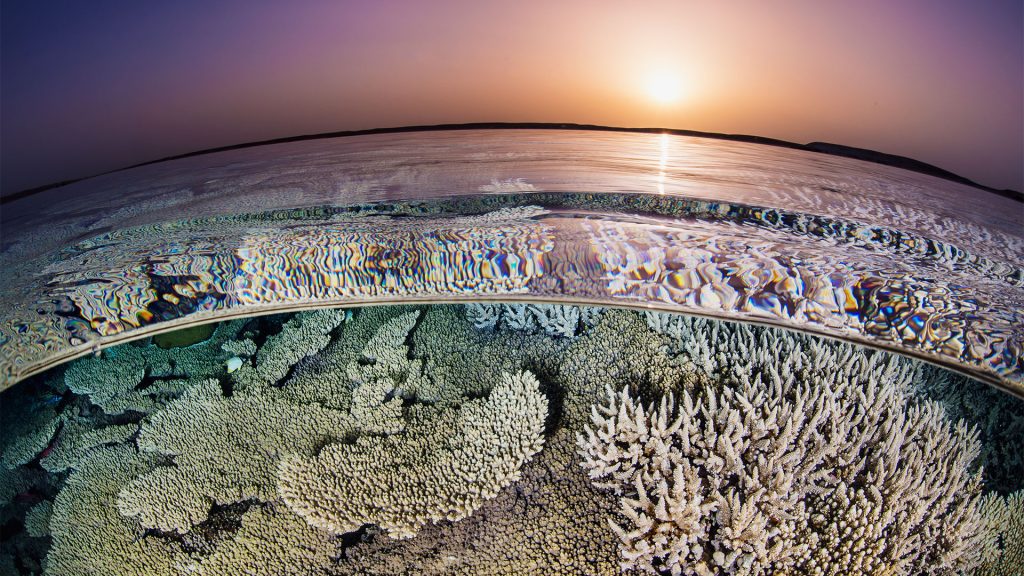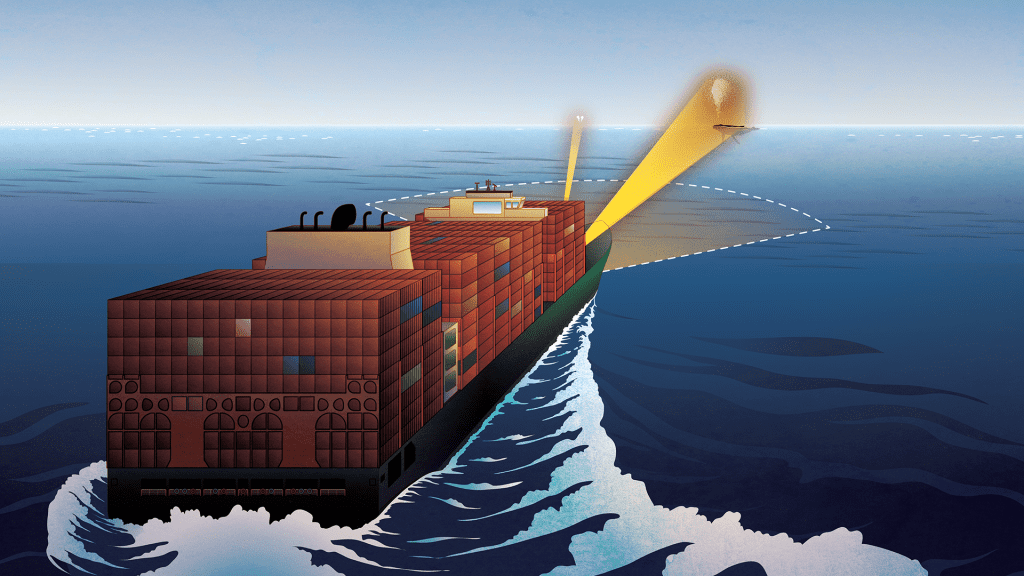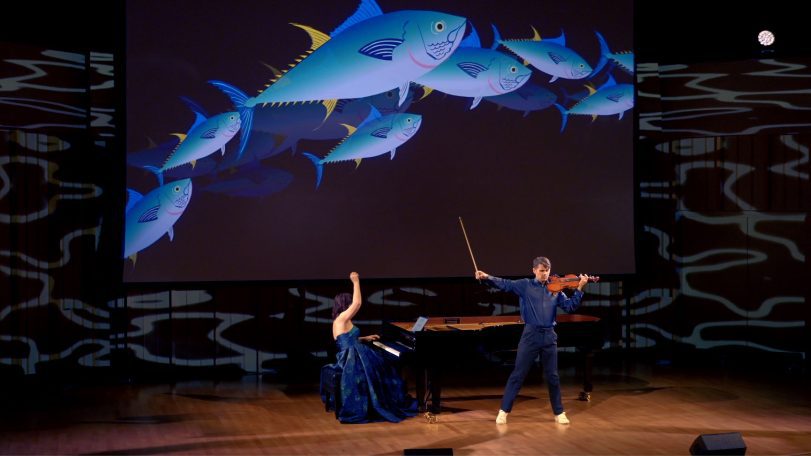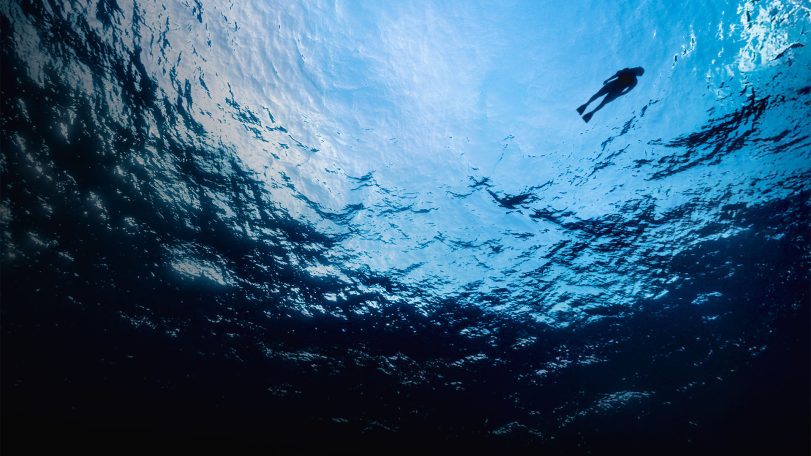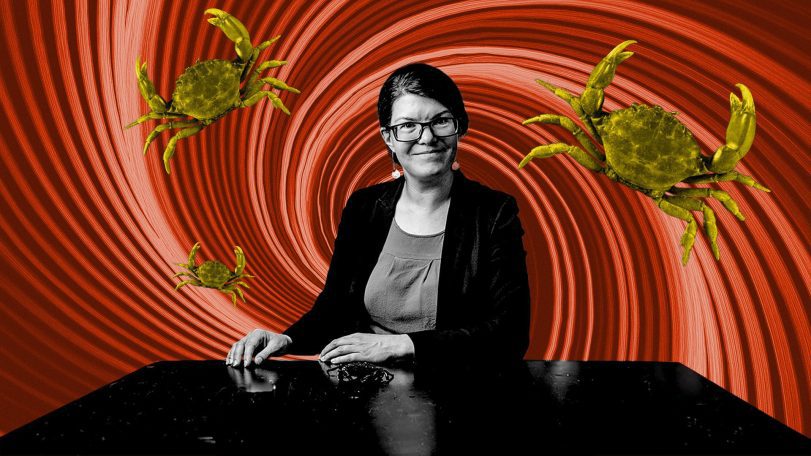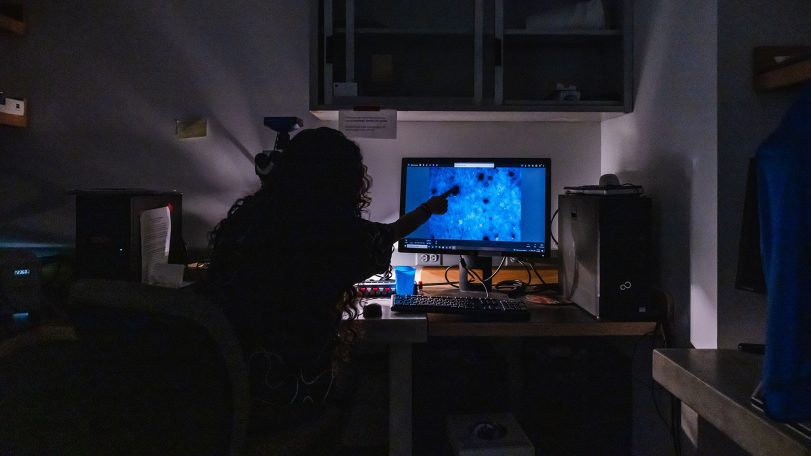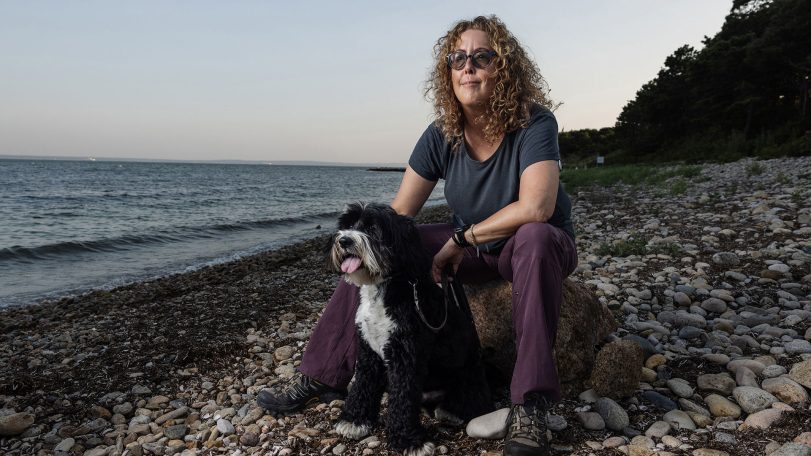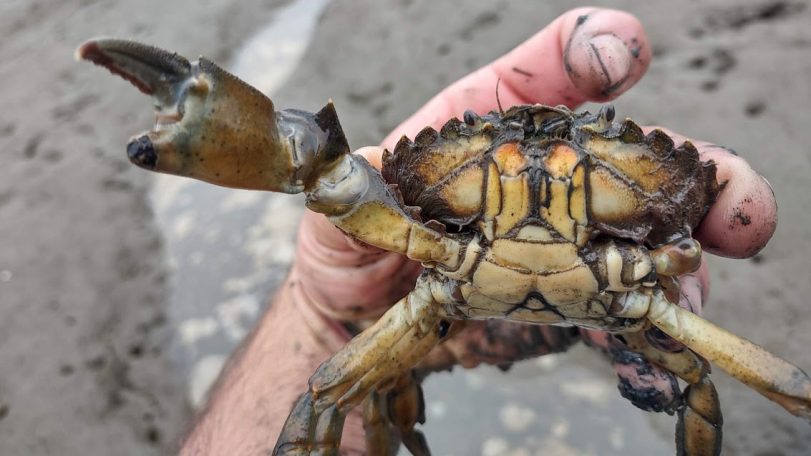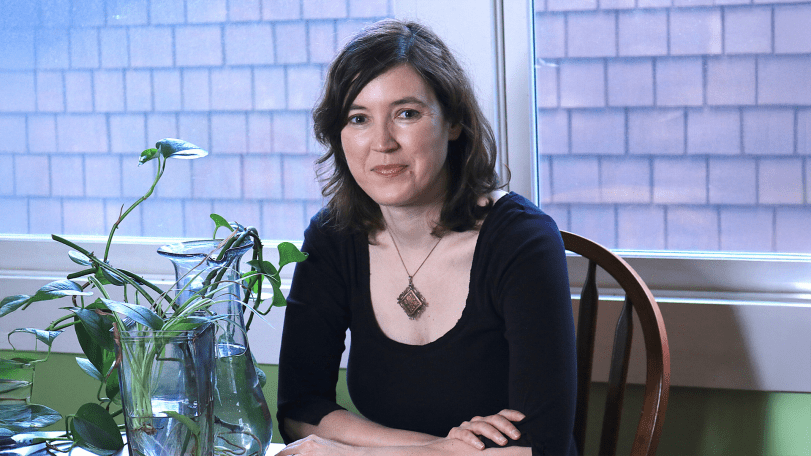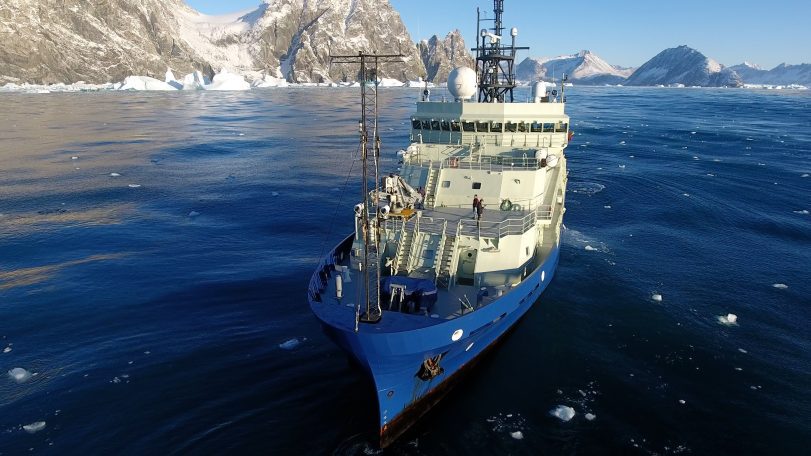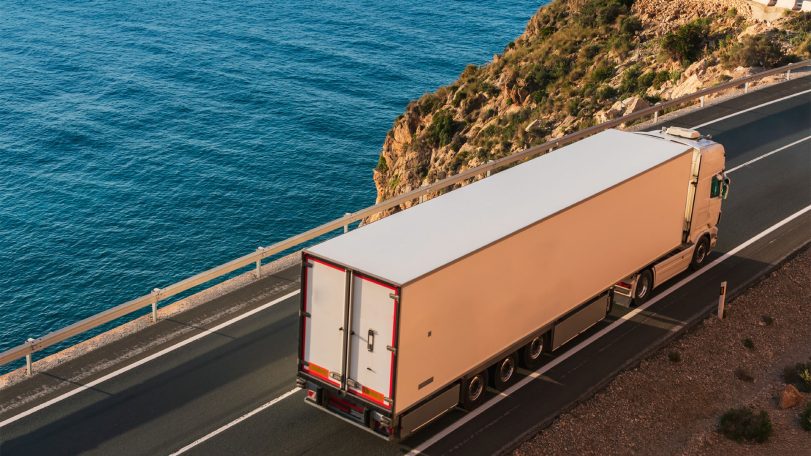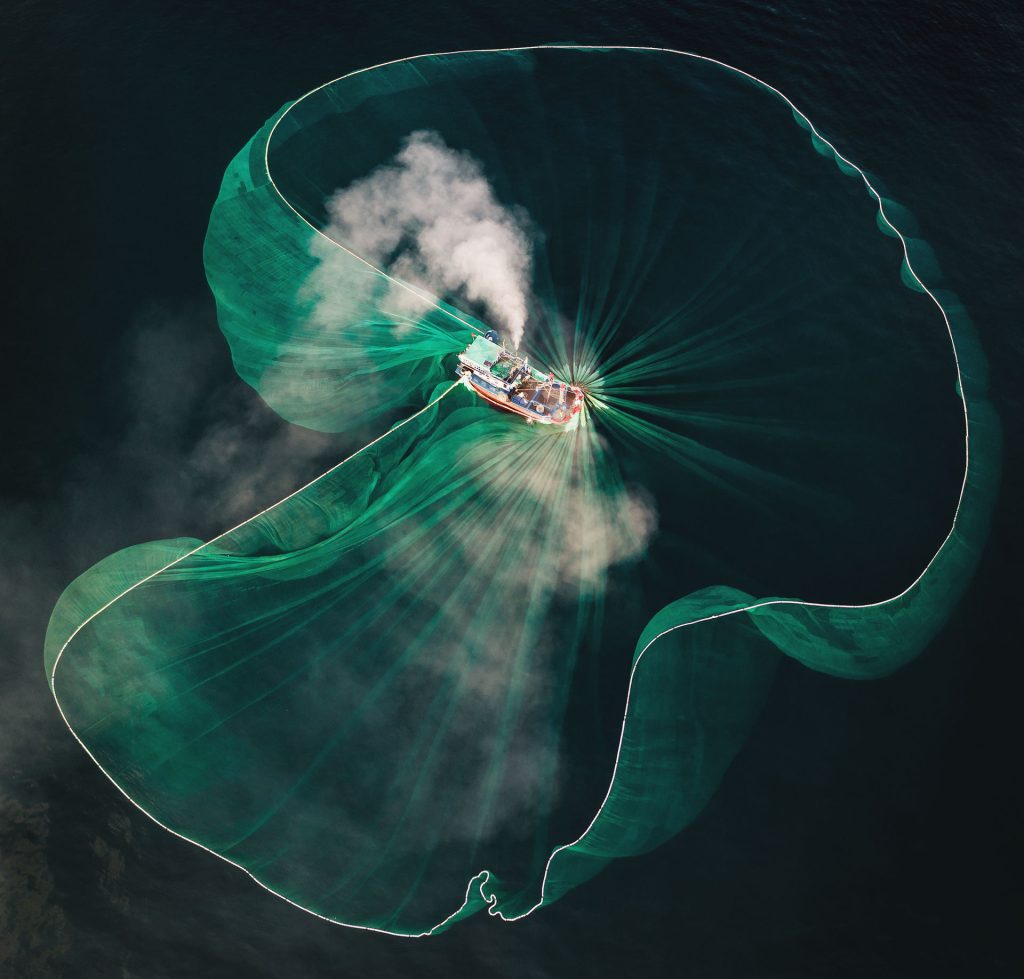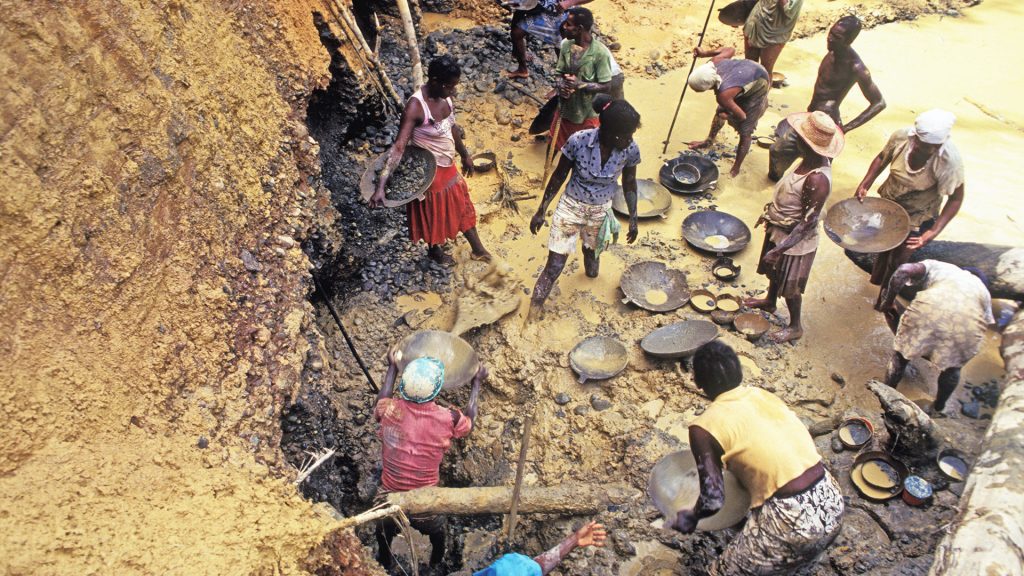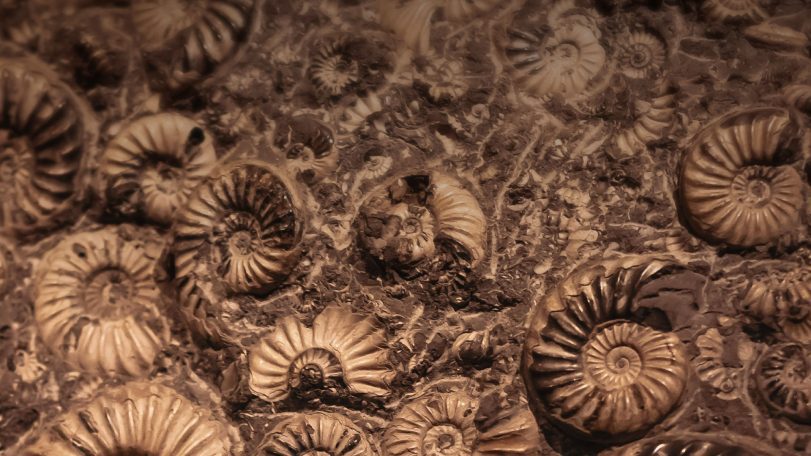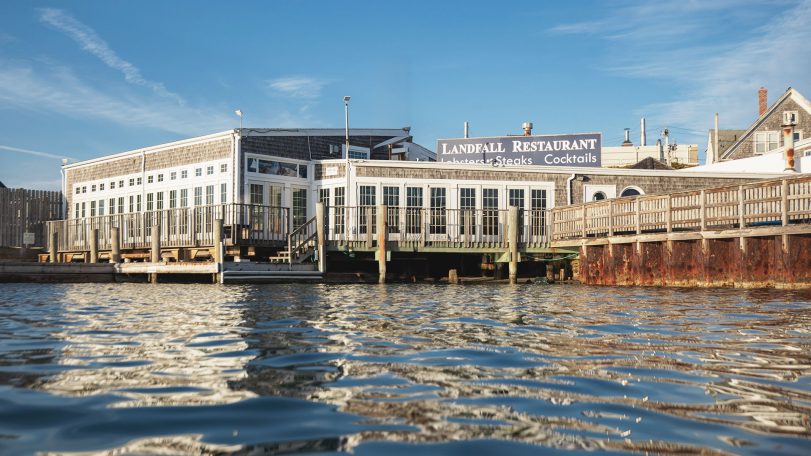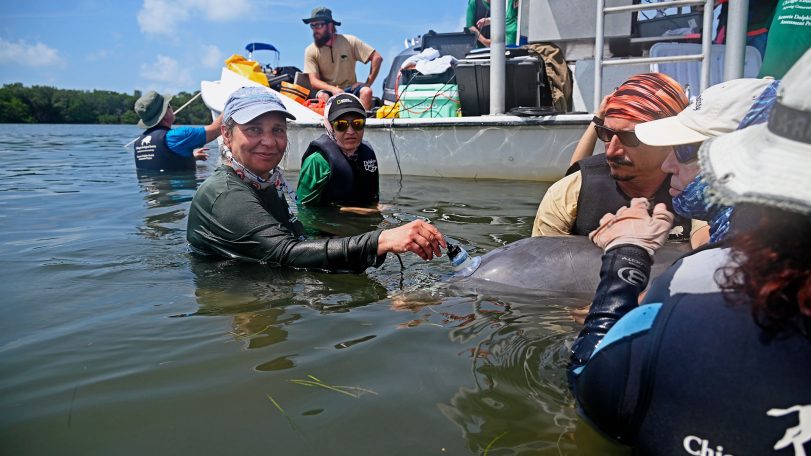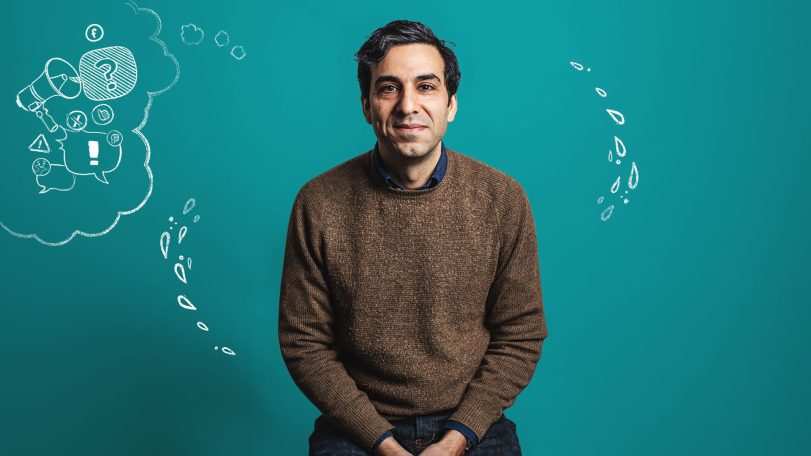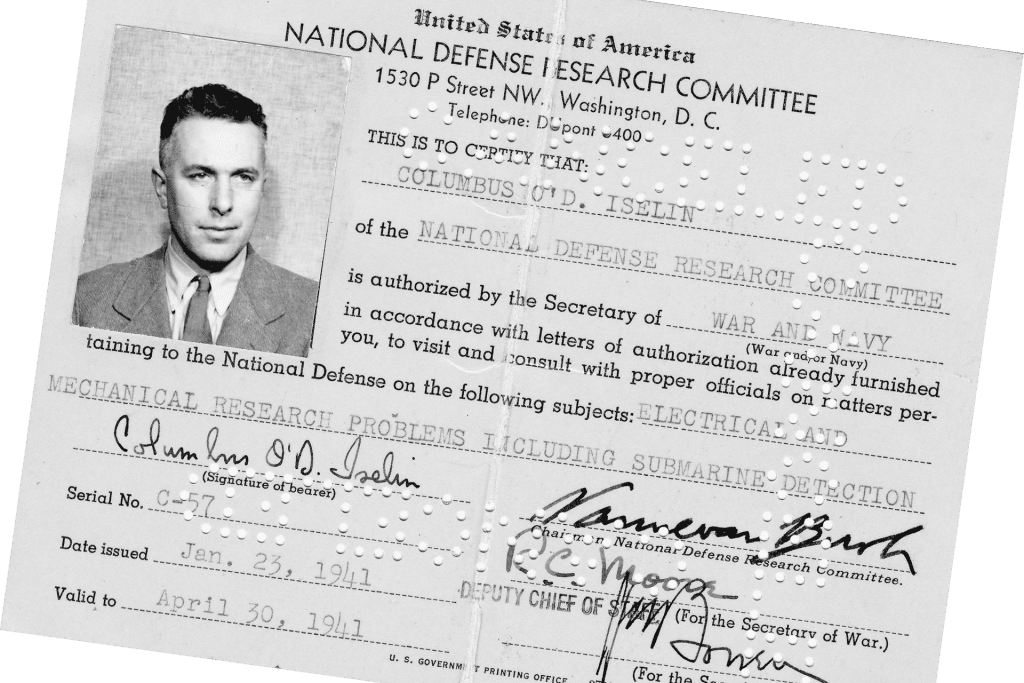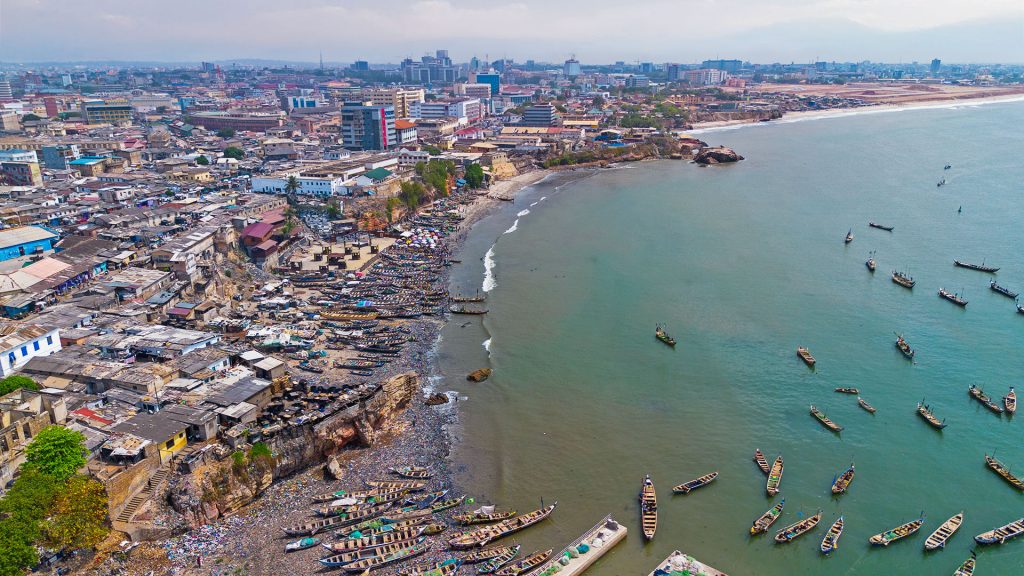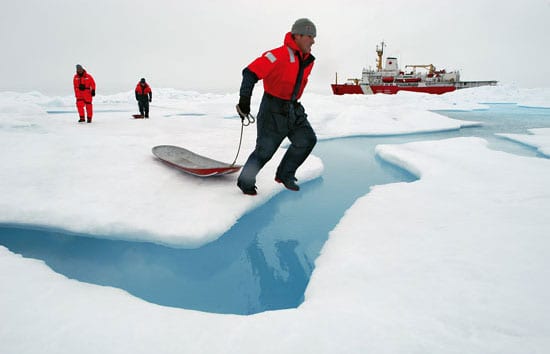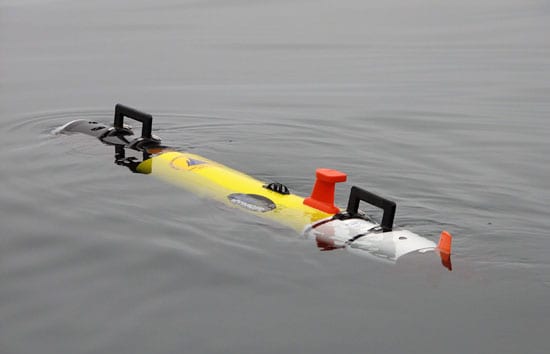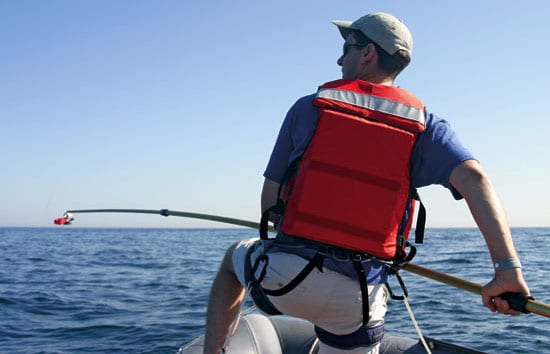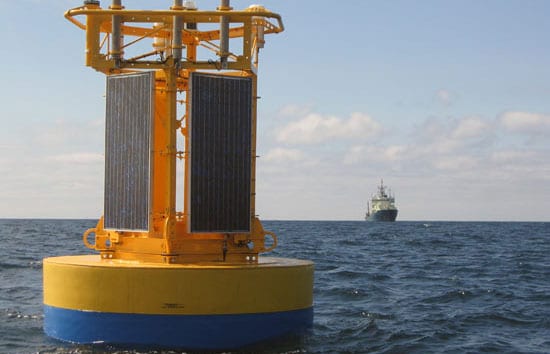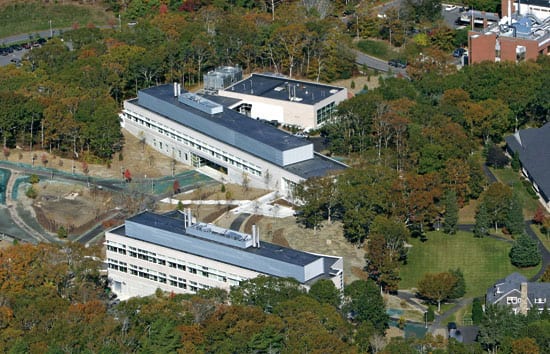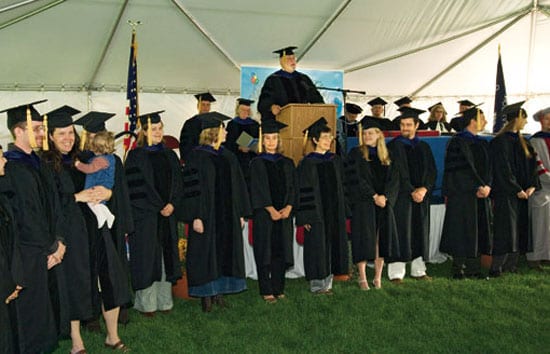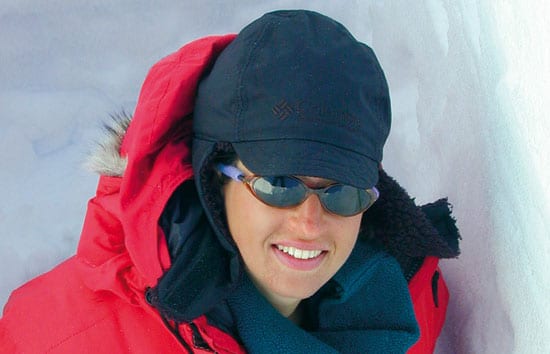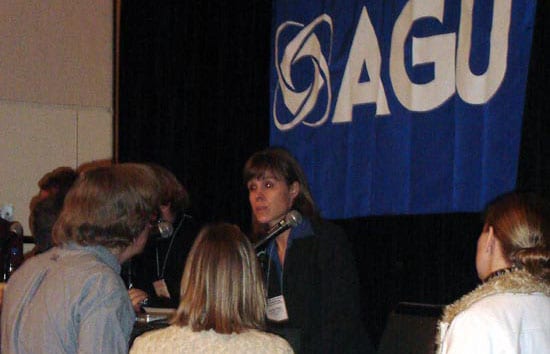
Lessons from a lifetime of exploration
Award-winning ocean photographer Brian Skerry shares insights from a career spent around ocean life and science
How an MIT-WHOI student used Google Earth to uncover a river–coral reef connection
Climate & Weather How an MIT-WHOI student used Google Earth to uncover a…
The little big picture
WHOI senior biologist Heidi Sosik on the critical need for long-term ocean datasets
The ocean weather nexus, explained
The vital role of ocean observations in extreme weather forecasting
Breaking down plastics together
Through a surprising and successful partnership, WHOI and Eastman scientists are reinventing what we throw away
Three questions with Carl Hartsfield
Captain Hartsfield, USN retired, discusses the role ocean science plays in our national defense

and get Oceanus delivered to your door twice a year as well as supporting WHOI's mission to further ocean science.
Our Ocean. Our Planet. Our Future.
The Ocean (Re)Imagined
How expanding our view of the ocean can unlock new possibilities for life
Body snatchers are on the hunt for mud crabs
WHOI biologist Carolyn Tepolt discusses the biological arms race between a parasite and its host
A polar stethoscope
Could the sounds of Antarctica’s ice be a new bellwether for ecosystem health in the South Pole?
Secrets from the blue mud
Microbes survive—and thrive—in caustic fluids venting from the seafloor
Top 5 ocean hitchhikers
As humans traveled and traded across the globe, they became unwitting taxis to marine colonizers
Following the Polar Code
Crew of R/V Neil Armstrong renew their commitment to Arctic science with advanced polar training
Harnessing the ocean to power transportation
WHOI scientists are part of a team working to turn seaweed into biofuel
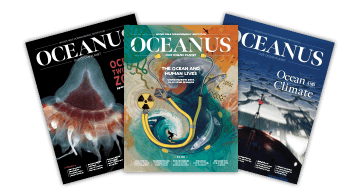
Looking for something specific?
We can help you with that. Check out our extensive conglomeration of ocean information.
Casting a wider net
The future of a time-honored fishing tradition in Vietnam, through the eyes of award-winning photographer Thien Nguyen Noc
Gold mining’s toxic legacy
Mercury pollution in Colombia’s Amazon threatens the Indigenous way of life
How do you solve a problem like Sargassum?
An important yet prolific seaweed with massive blooms worries scientists
Ancient seas, future insights
WHOI scientists study the paleo record to understand how the ocean will look in a warmer climate
Rising tides, resilient spirits
As surrounding seas surge, a coastal village prepares for what lies ahead
Whistle! Chirp! Squeak! What does it mean?
Avatar Alliance Foundation donation helps WHOI researcher decode dolphin communication
We can’t do this alone
For marine chemist Adam Subhas, ocean-climate solutions don’t happen without community
How WHOI helped win World War II
Key innovations that cemented ocean science’s role in national defense
Life at the margins
Scientists investigate the connections between Ghana’s land, air, sea and blue economy through the Ocean Margins Initiative
The Flywheel of the Arctic Climate Engine
A key component of the Arctic climate clockworks is the Beaufort Gyre?a bowl of cold, icy, relatively fresh waters north of Alaska that is swept by prevailing winds into a circular swirl larger than the Gulf of Mexico.
Flying Blind in the Ice Factory
Al Plueddemann wants to push the envelope and fly a robotic vehicle into the wild…
Is Global Warming Changing the Arctic?
In the Arctic, the air, sea ice, and underlying ocean all interact in a delicately balanced system. Four ambitious Arctic projects are pulling back the icy veil that shrouds our understanding of the Arctic Ocean?s role in our climate system. (First of a five-part series.)
To Find Whales, Follow Their Food
The average adult right whale consumes about a ton of food a day, eating billions…
Diving into the Right Whale Gene Pool
Like forensic detectives, a multi-institutional team of scientists has followed a thread of DNA from the highly endangered right whale population across the oceans and back through generations.
Doing the Right Thing for the Right Whale
The situation is urgent: Seventy years after whaling was banned, the North Atlantic right whale…
Going Wireless in the Deep Blue
How do you get long-term ocean measurements from any spot on the globe, with day by day feedback and low costs? If you are Dan Frye of the WHOI Advanced Engineering Laboratory, you take an old oceanographic concept?the moored buoy?and bring it into the 21st century with wireless technology.
Institution Receives Surprise Bequest
The latest news from around the Institution includes: the second-largest donation in WHOI history; training and awards for mid-career journalists; a new fund for graduate student training in seagoing skills; and a successful program for undergraduates.
WHOI Opens New Research Facilities
For the first time in 15 years, the Woods Hole Oceanographic Institution has added significant office and laboratory space to its Quissett Campus. This fall, scientists, technical staff, and students started moving into more than 67,000 square feet of new space, a 25 percent increase in the Institution?s scientific facilities.
A Touchstone for Marine Chemists and Students Retires
John Farrington touched the lives of hundreds of graduate and undergraduate students. He helped scores of young scientists launch their careers with postdoctoral scholarships. He won the admiration of colleagues for his leadership in the study of organic geochemistry in the ocean. In November, the chemical oceanographer and longtime dean and vice president for Academic Programs at Woods Hole Oceanographic Institution stepped aside from his post.
Tracking an Ocean of Ice Atop Greenland
Sarah Das calls herself a “frozen oceanographer.” Most people look at Greenland and see a…
10,000 Earth & Ocean Scientists. Five days.
Over the next week, I will be posting daily reports about what’s happening at the American Geophysical Union fall…
